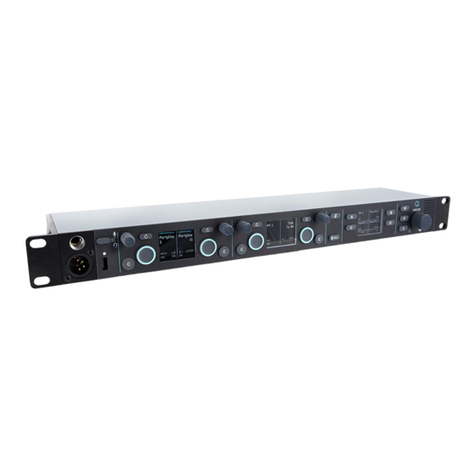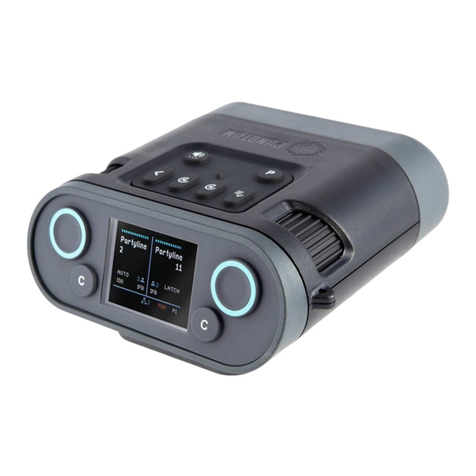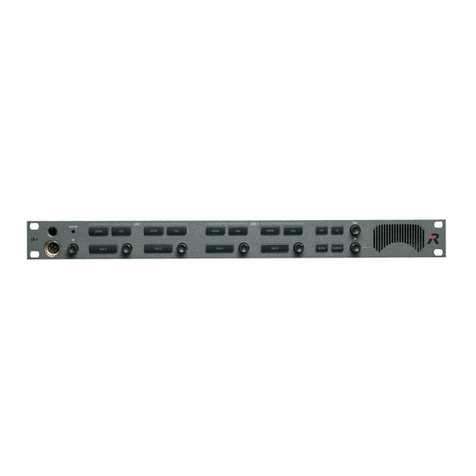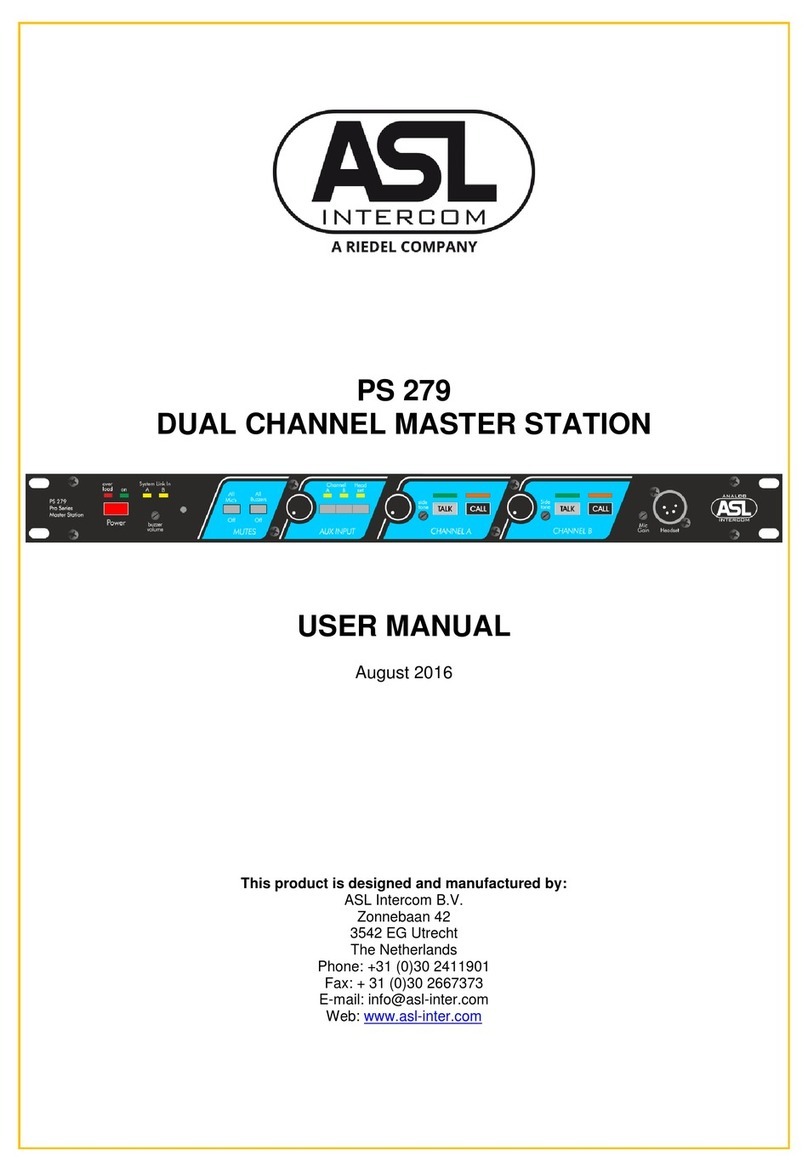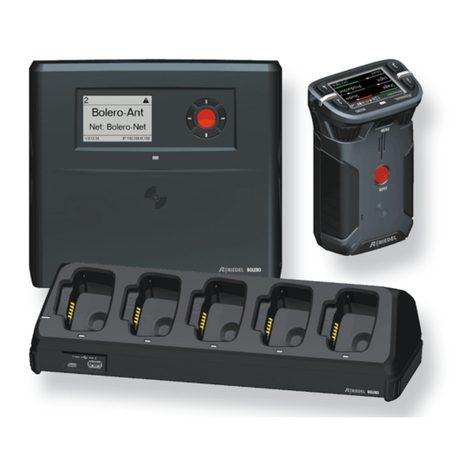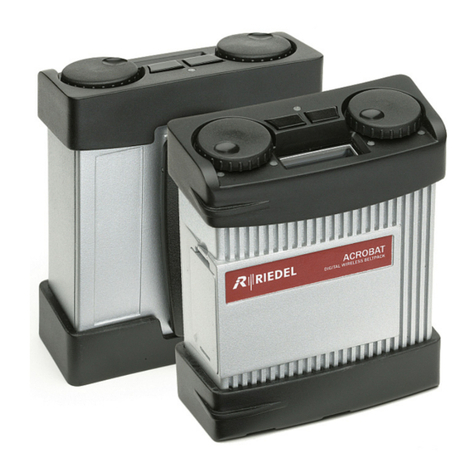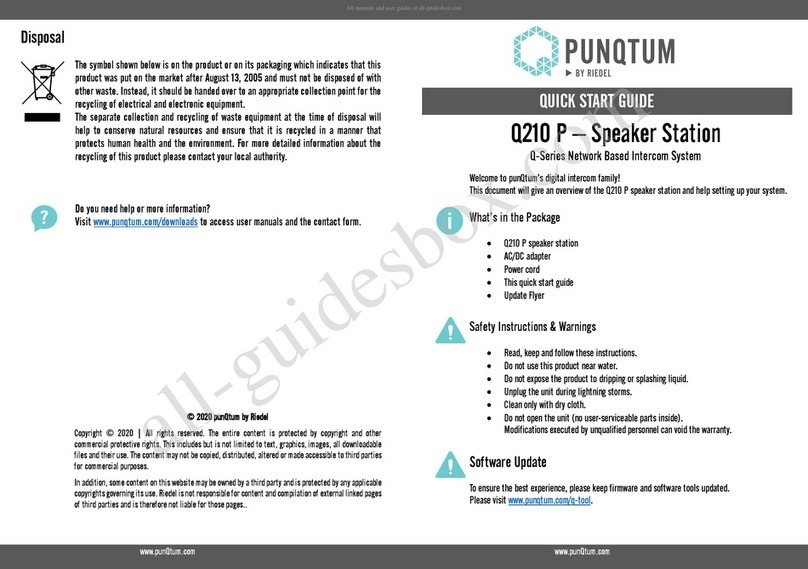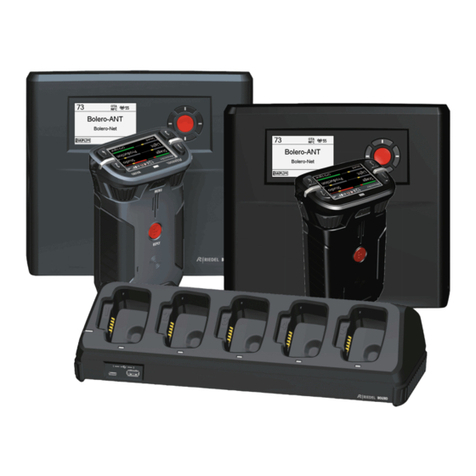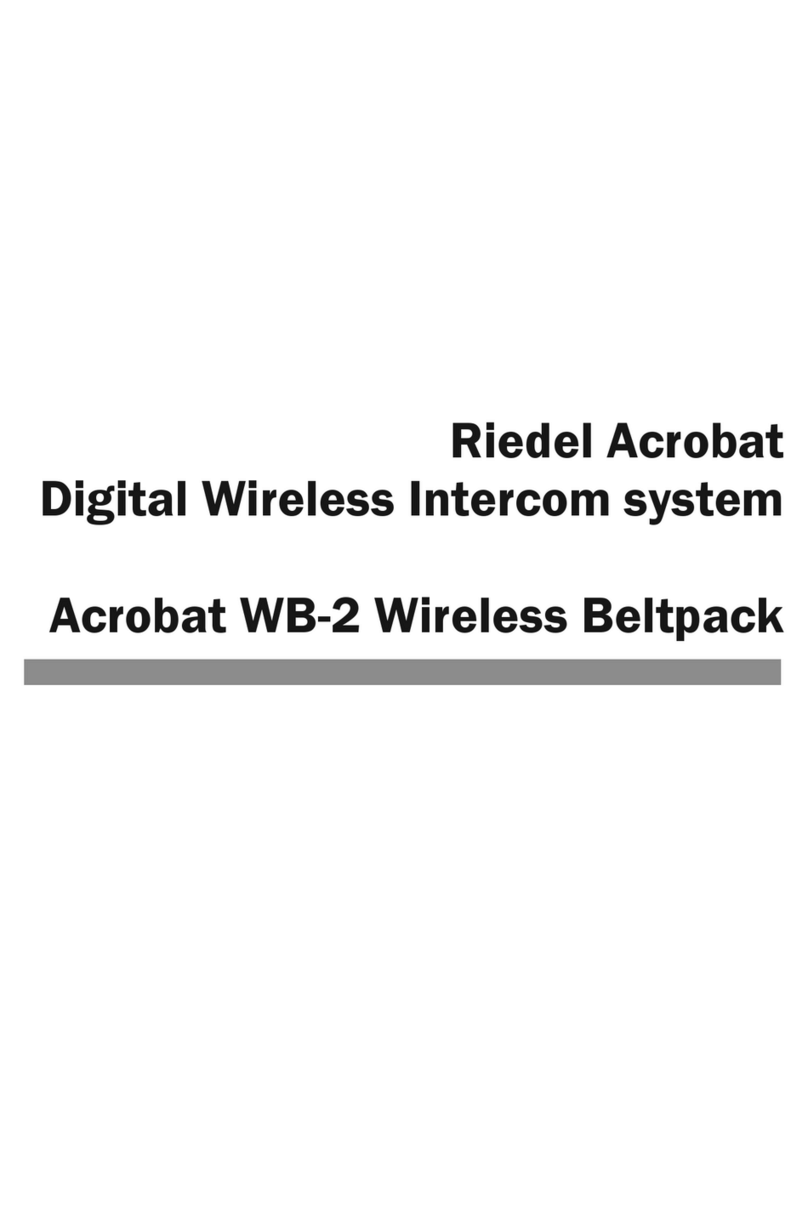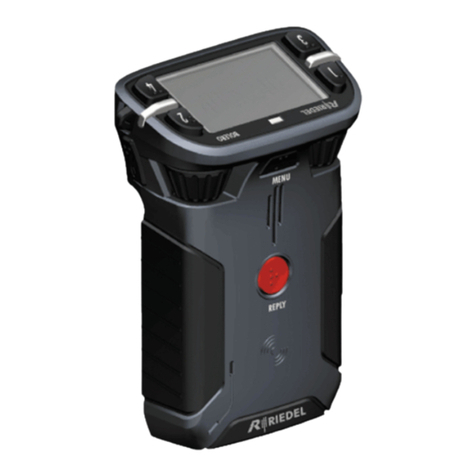
1 General ....................................................................................................................................................................................... 3
2 Setting up.................................................................................................................................................................................... 3
2.2 Front view ................................................................................................................................................................................................3
2.3 Rear view.................................................................................................................................................................................................4
2.4 Control elements and connectors.................................................................................................................................................... 4
2.5 Connecting the beltpack to a Riedel Party Line (RPL).................................................................................................................4
3 Operation ................................................................................................................................................................................... 5
3.1 Talk............................................................................................................................................................................................................5
3.1.1 Talk key properties..................................................................................................................................................................... 5
3.1.2 Talking to intercom channels .................................................................................................................................................. 5
3.2 Listen ......................................................................................................................................................................................................... 5
3.3 Call Light ................................................................................................................................................................................................. 5
3.3.1 Sending a call light signal....................................................................................................................................................... 5
3.3.2 Receiving a call light signal..................................................................................................................................................... 6
3.3.3 Calling channel identification................................................................................................................................................. 6
3.3.4 Buzzer............................................................................................................................................................................................. 6
3.4 S-CALL key “S” ....................................................................................................................................................................................... 6
3.5 Sidetone trimmers.................................................................................................................................................................................. 6
3.6 Mic Kill .....................................................................................................................................................................................................7
4 Programming .............................................................................................................................................................................. 7
4.1 Programmable options........................................................................................................................................................................7
4.2 Programming modes............................................................................................................................................................................ 8
4.2.1 Examples .......................................................................................................................................................................................8
5 Connecting Options................................................................................................................................................................... 9
5.1 Headset:.................................................................................................................................................................................................. 9
5.2 Intercom Line Connector..................................................................................................................................................................... 9
5.2.1 Intercom line connector in RPL Mode ................................................................................................................................... 9
5.2.2 Intercom line connectors in Clear-Com-Mode .............................................................................................................. 9
6 Technical Data..........................................................................................................................................................................10
6.1 Intercom Line ........................................................................................................................................................................................10
6.1.1 Signalling....................................................................................................................................................................................10
6.2 Mic Preamp ..........................................................................................................................................................................................10
6.3 Output Amp..........................................................................................................................................................................................10
6.4 Power Consumption:..........................................................................................................................................................................10
7 Warranty…………………………………………………………………………………………………….11
RIEDEL RPL_EN_BP-2002e-Rev2.1.doc: 2 12.12.2002 11:29 Page 2 of 11
Röttgen 8, D-42109 Wuppertal, Alterations reserved
Tel. +49 (0) 202 / 270 370
